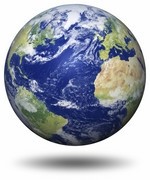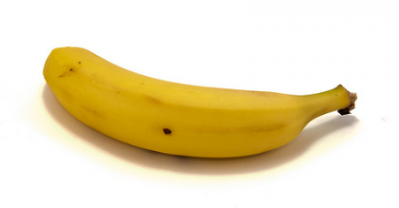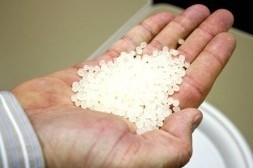Bioplastics demand to undergo geographic shift by 2015, predicts Freedonia

Braskem opened a 200,000-metric-ton-per-year plant in Brazil in late 2010 to increase production of bio-based polyethylene and China and Thailand plan to open over 100,000 metric tons of new bioplastics capacity by 2020.
Two other bio-based polyethylene plants and a bio-based polypropylene facility are planned to open around 2015 as global demand increases.
Asia-Pacific growth
The market research firm predicted Asia/Pacific would take over by 2020 with global demand at 875,000 metric tons and world demand would reach US$6.5bn.
The Cleveland-based researchers said gains would be driven by consumer preferences for environmentally sustainable materials, improved performance of bioplastic resins relative to traditional plastics, and the introduction of commodity plastics produced from bio-based sources.
However, they cited price as the primary determinant due to rising petroleum costs and predicted price parity with conventional plastics by the end of the decade.
US demand for bioplastics is forecast to climb 20% annually to be valued at US$680m by 2016, boosted by technical innovations that will enhance the properties and lower the price, said Freedonia.
Western Europe was the leading consumer of bioplastics in 2010 with consumers being the quickest to accept bio-based and biodegradable products.
Bioplastic demand by type
Global demand for biodegradable and bio-based plastics will reach more than one million metric tons in 2015, valued at $2.9bn.
Starch-based resins and polylactic acid (PLA) are expected to double through 2015 with PLA benefiting from compounding polymerization technology advancements.
The fastest gains are predicted for polyhydroxyalkanoate (PHA) resins, which are just entering the commercial market.
The researchers predicted industrial production of fully bio-based polyethylene terephthalate (PET) is forecast to become a reality by the end of the decade and demand for non-biodegradable bioplastics will rise from 30,000 metric tons in 2010 to 1.3 million metric tons in 2020.
The four largest producers, NatureWorks (Cargill), Novamont, Innovia Films and Arkema, supplied 53% of global demand in 2010.
However, Braskem is tipped to emerge as a market leader over the next few years, and Dow Chemical, Mitsui, Solvay and Telles have the potential to be important players.










